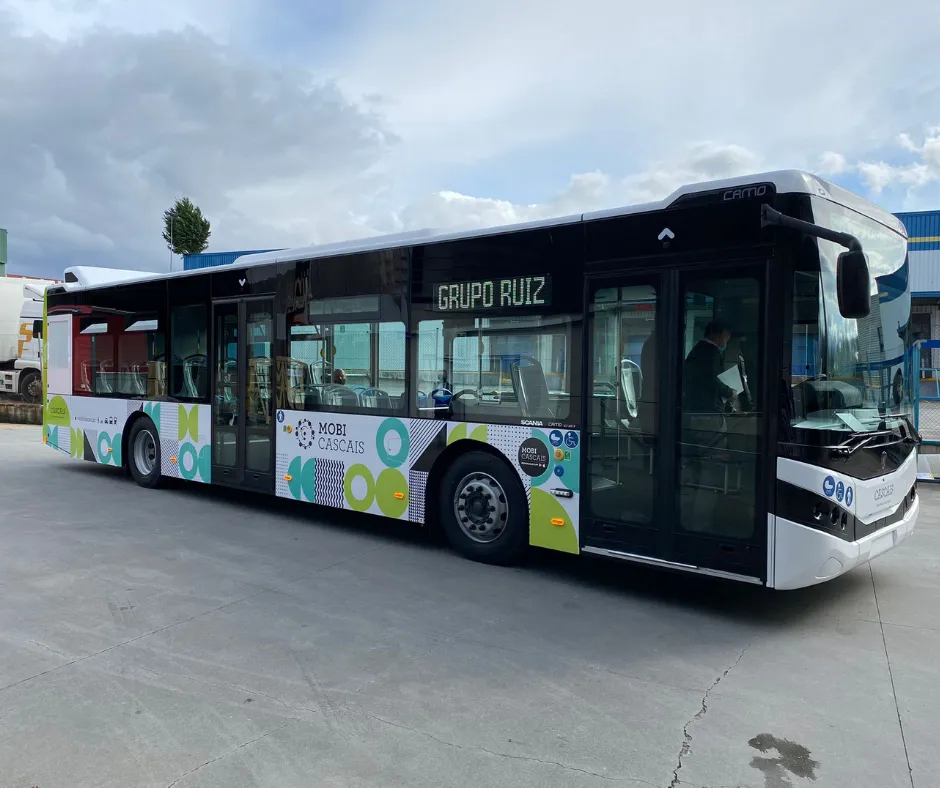
GMV is to combine a fleet management system, passenger information system and on-board video surveillance for Grupo Ruiz buses in the Portuguese town of Cascais.
As part of the fleet management system, buses will be fitted with GMV's inhouse REC30 equipment, which pools the functions of localisation and on-board communications using a TFT (thin film transistor) console as driver interface.
Grupo Ruiz’s control centre will be fitted with GMV’s fleet-management server plus an advanced operator post to manage the system. Five additional operator posts will be set up for the municipal district of Cascais.
The onboard passenger information system utilises a TFT screen and will be connected to LED panels both onboard and outside the bus.
GMV will also supply standardised information to the bus stop information panels.
The video-surveillance system will consist of 4 IP cameras on Grupo Ruiz’s full-sized buses plus 3 IP cameras on each of its minibuses. The REC30 will act as an onboard video recorder in connection with the control centre’s video-surveillance software.
Sensors will be able to count passengers on the bus entry and exit doors to keep track of occupancy levels, the company adds.
Grupo buses will also include an emergency eCall system which establishes a connection with an emergency services call centre for potential accidents or at the driver's request.
The system includes onboard EP100 equipment, which taps into the inertial system and the vehicle’s CAN (controller area network) bus to detect the potential accident and set up the voice- and data-connection with the emergency centre.
Through the data connection, the on-board system sends information such as location, accident time and vehicle identification number while the voice channel allows the driver and passengers to communicate with emergency services.










